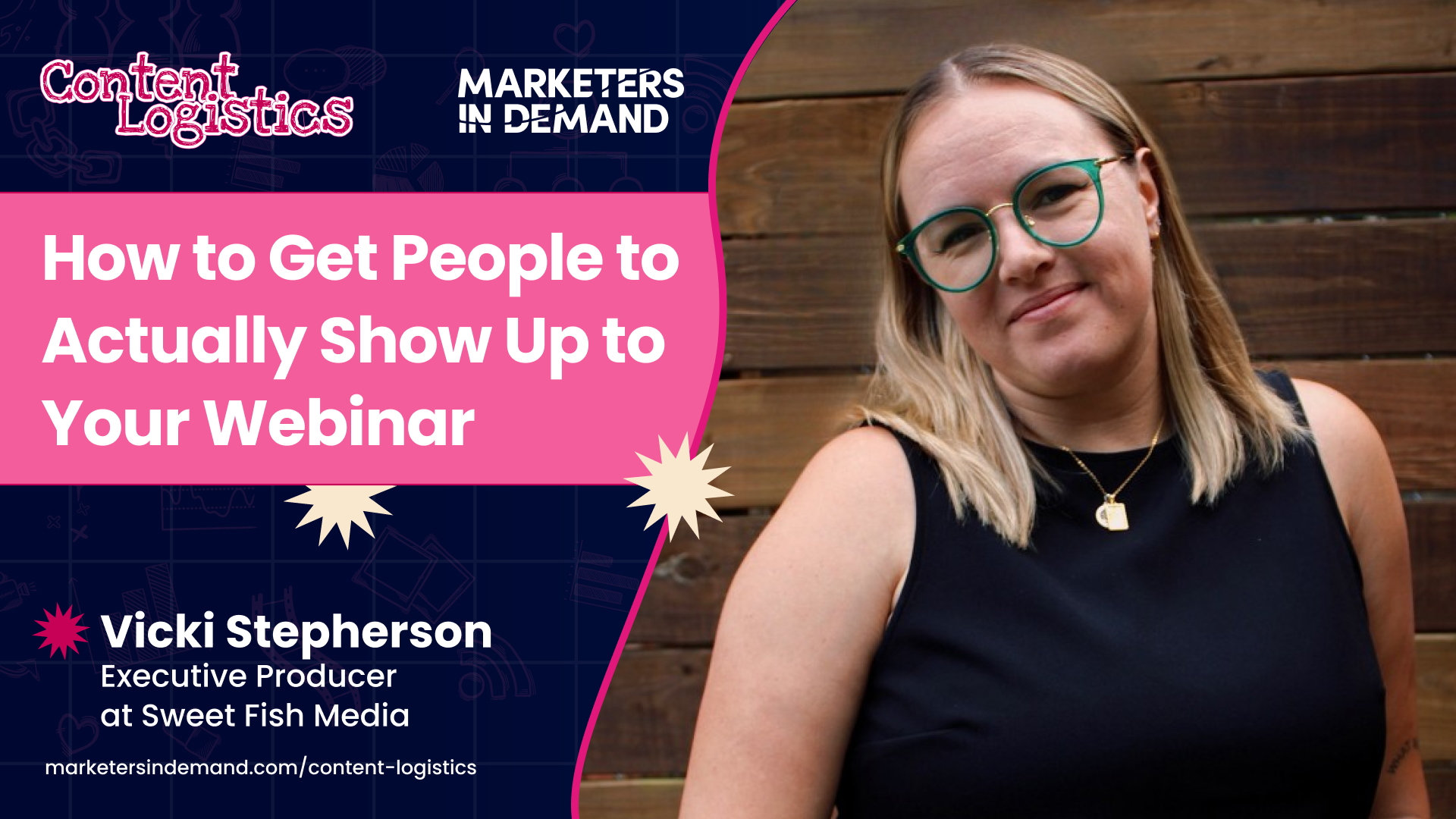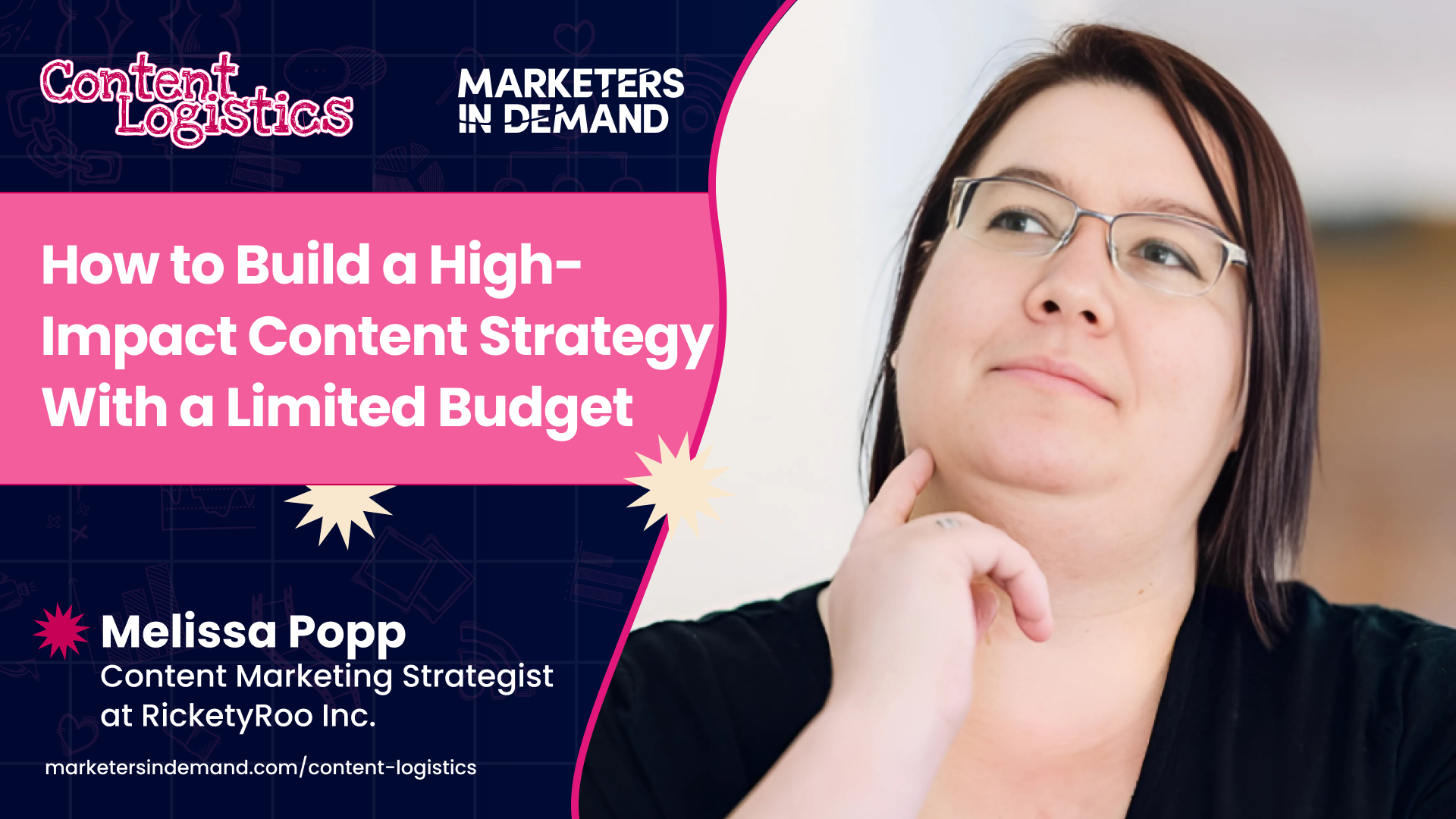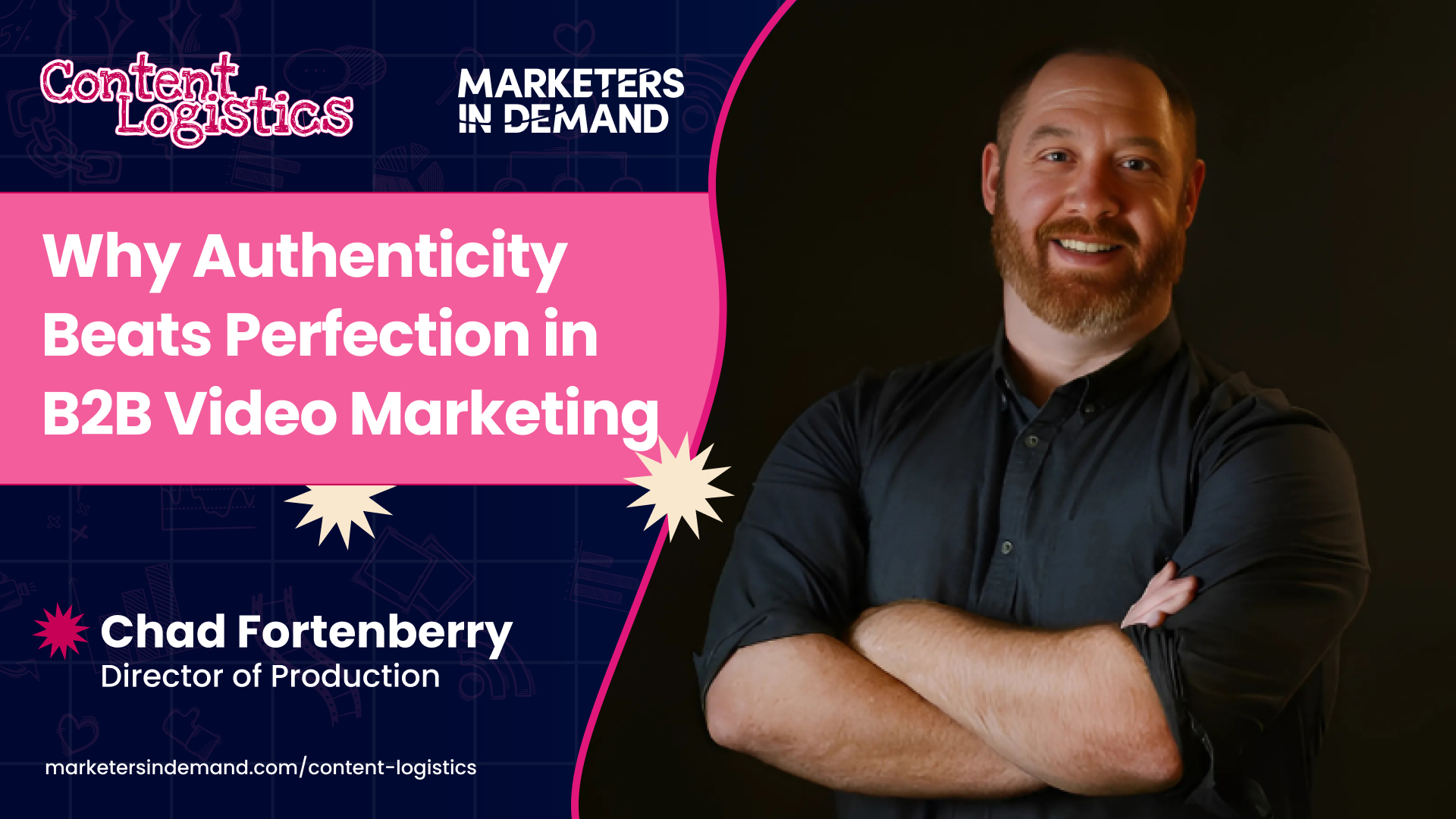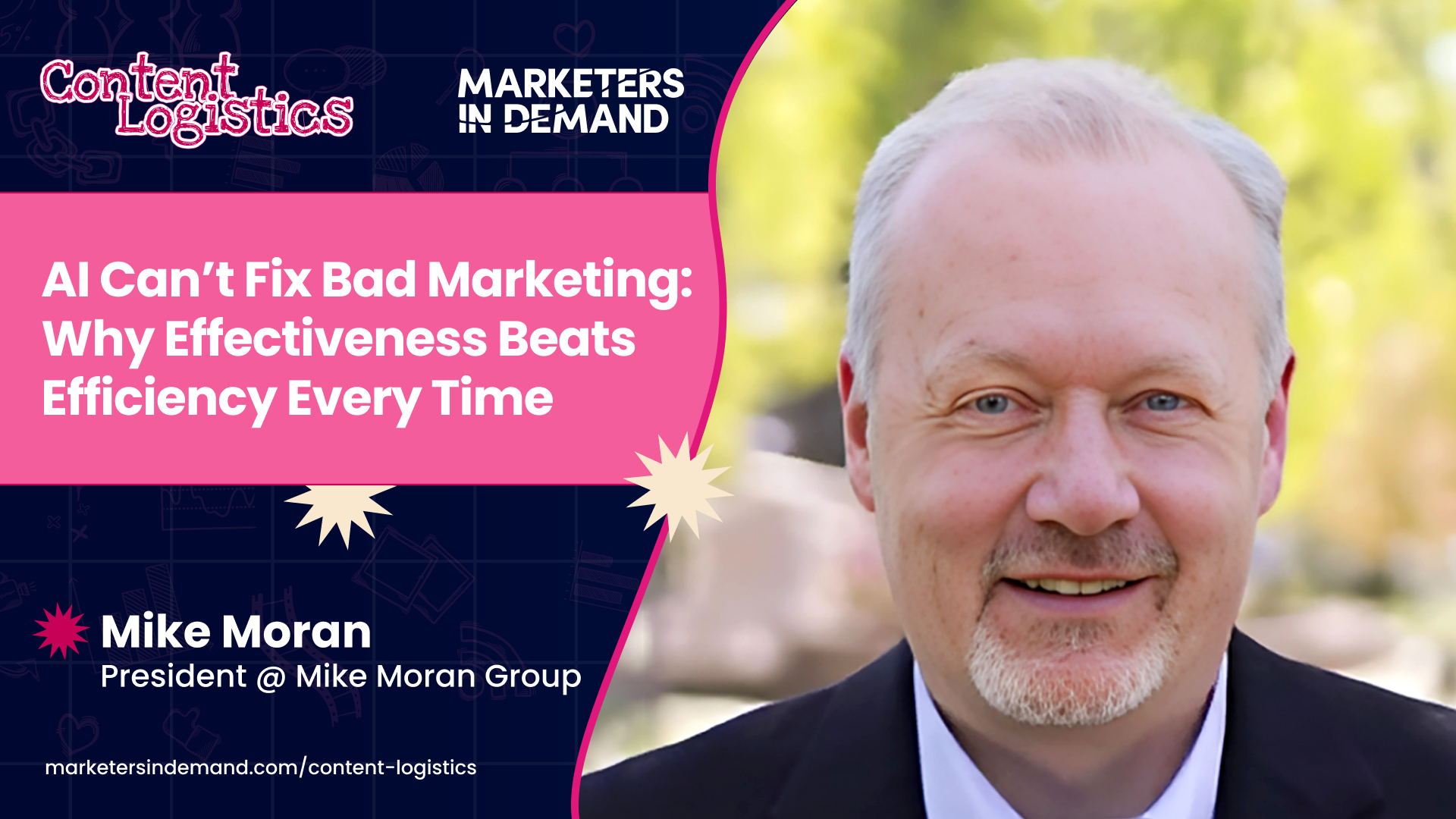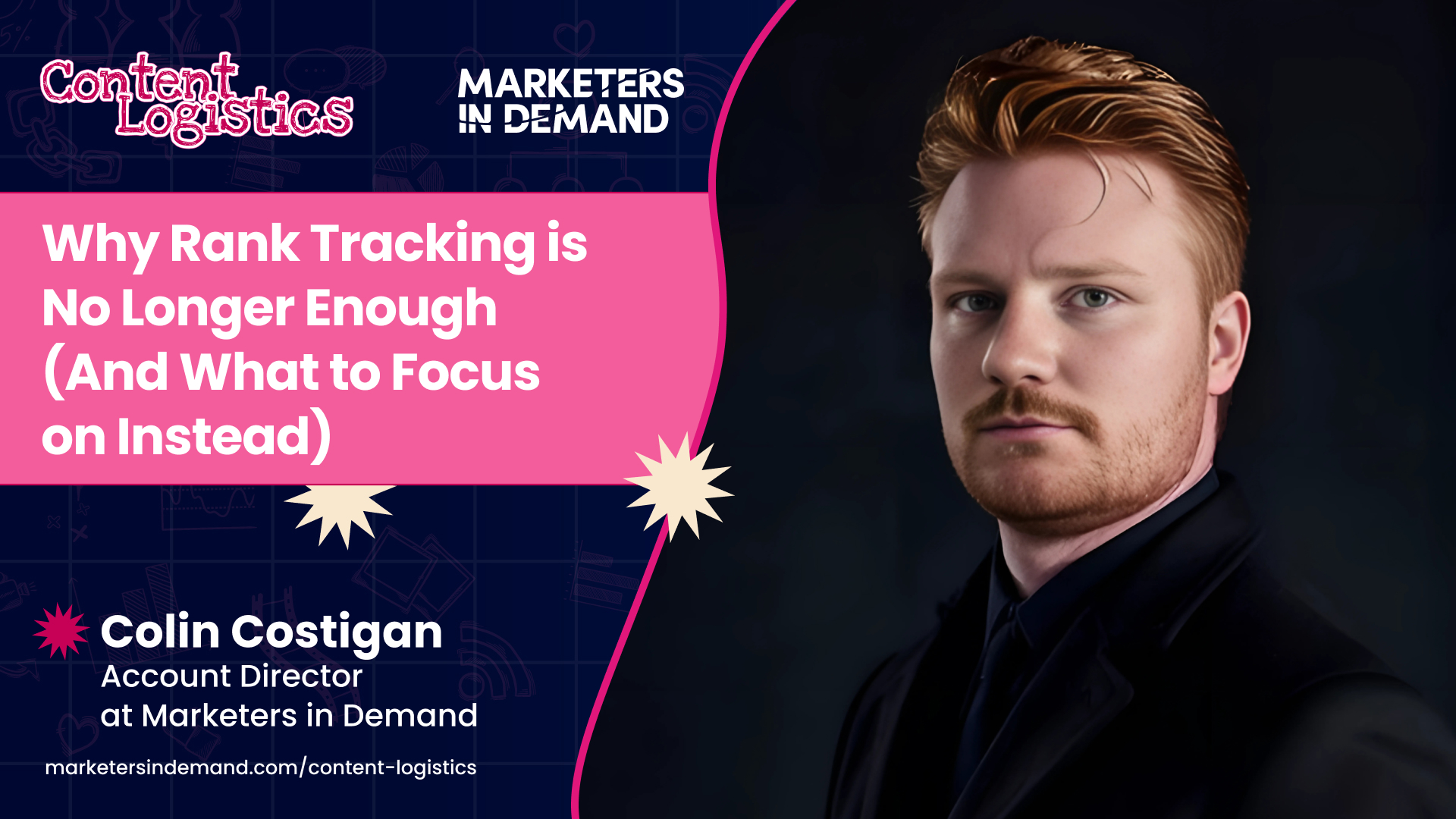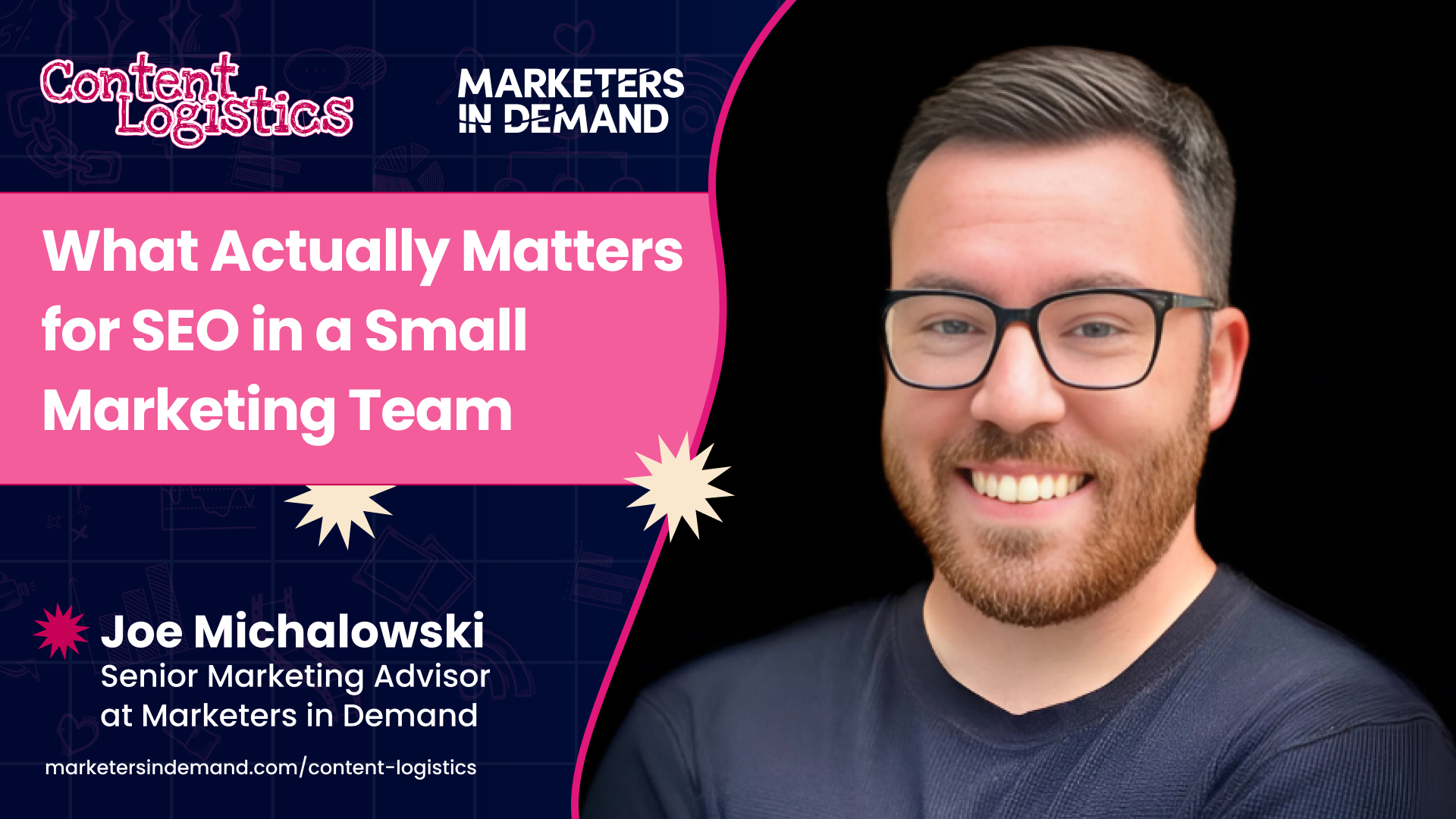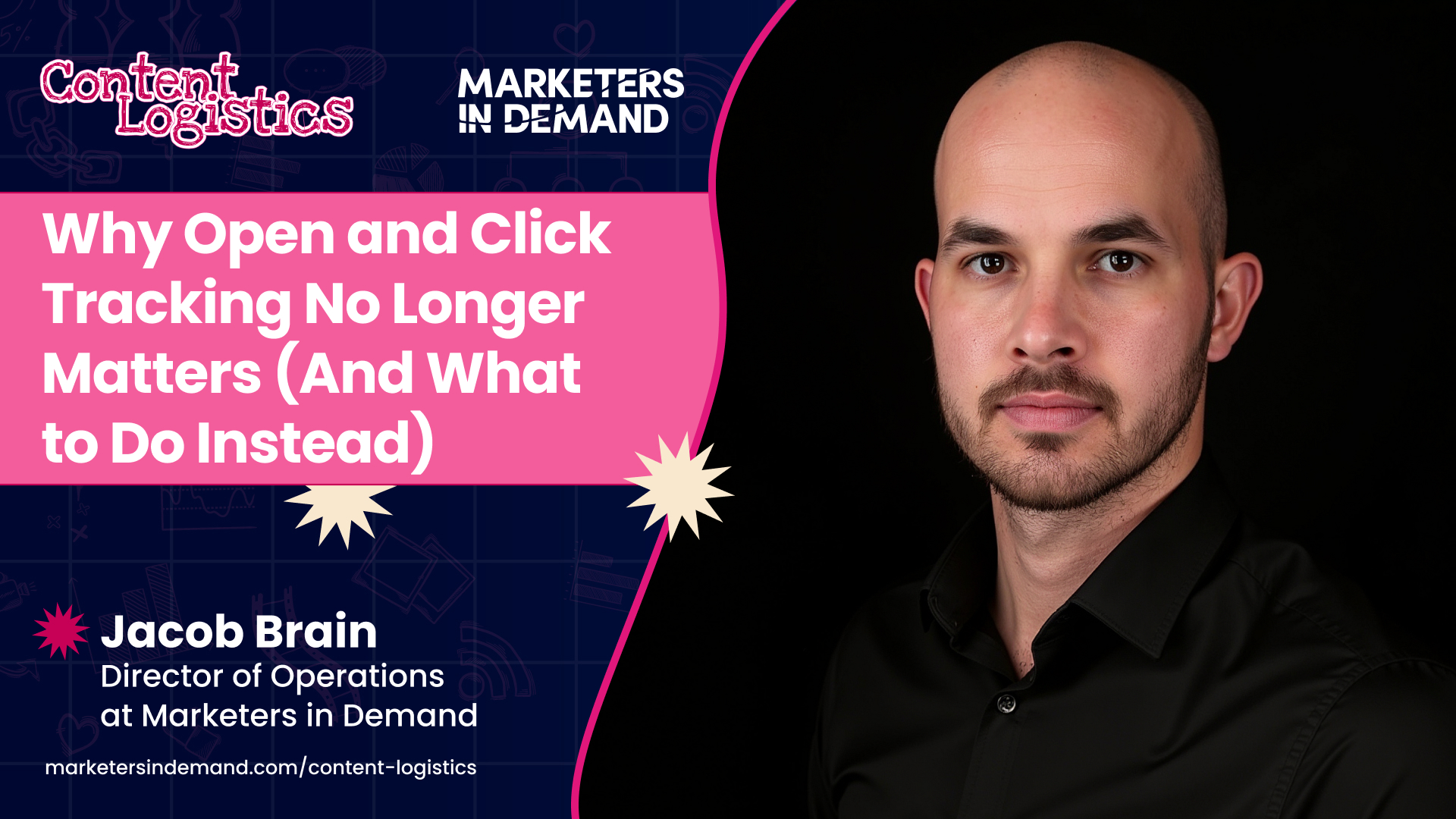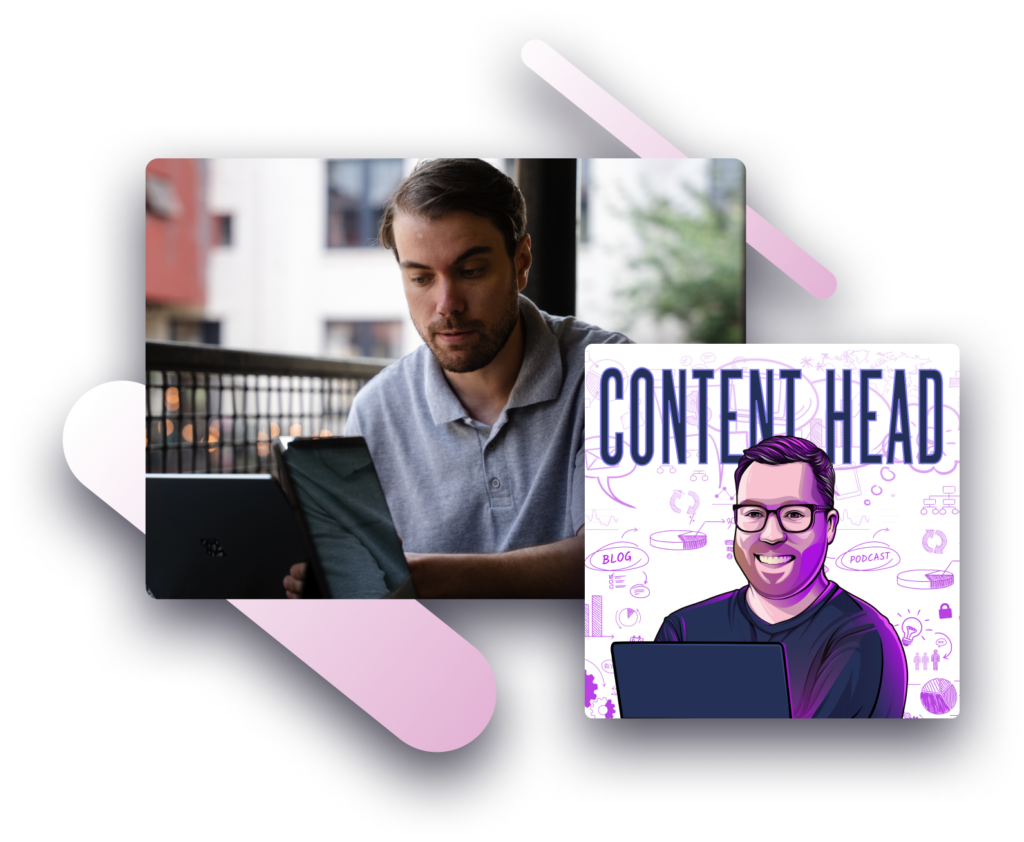YouTube isn’t just for gamers, beauty tutorials, or influencers. It’s a powerful search engine and one of the most overlooked tools for businesses. In this episode, host Baylee Gunnell talks with Davis Morgan, a full-time YouTuber with more than 80,000 subscribers, about how brands can win on YouTube without massive budgets.
Davis shares his path from marketing professional to creator and explains why companies should treat YouTube less like a billboard and more like a conversation. He outlines the importance of authenticity, showing that even a simple webcam setup and free software can build trust and connection.
The conversation also digs into strategies for growing a loyal audience, from picking niche topics to expanding reach with “half steps” outside your core. Davis makes it clear: YouTube is high effort, but high reward. For businesses willing to show up consistently, it can be the most valuable channel they own.
Featured Guest
Key Insights
YouTube Rewards Depth, Not Just Reach
Most businesses see YouTube as a place for quick entertainment, but the real power comes from depth. Davis Morgan points out that audiences want longer videos — often stretching past an hour — because they use YouTube like a second screen. A 20-minute video feels short, not long, in this context. That’s a major shift from TikTok or Instagram, where attention lasts seconds. Companies that embrace this can build stronger bonds with viewers. A thoughtful walkthrough, a candid behind-the-scenes, or a detailed explainer keeps people engaged far longer than a polished ad. The payoff is loyalty. Long-form viewers subscribe, return, and trust the creator more than they would after a quick scroll. Businesses who stop chasing vanity metrics and start investing in depth will see YouTube become an engine for connection, not just reach.
Start Simple, Grow Later
Brands often think YouTube requires expensive gear, perfect editing, and a dedicated studio. Davis Morgan’s story proves the opposite. He grew an 80,000-subscriber channel with a webcam, a $90 microphone, free editing software, and Canva. Viewers didn’t tune in for production value — they showed up for consistency and perspective. This is a critical lesson for small businesses. Starting simple keeps costs low and reduces pressure. It also leaves space to figure out whether making video content is enjoyable and sustainable before committing serious resources. As Davis explains, YouTube takes months of consistent effort before results come. Overinvesting early is a recipe for burnout. Instead, companies should adopt a “test and build” mindset: post authentic videos, learn what resonates, then upgrade tools or hire support only once there’s traction. Growth follows commitment, not equipment.
Authenticity Beats Corporate Branding on YouTube
Businesses often assume their YouTube channel should mirror their corporate website or advertising tone. Davis Morgan argues the opposite. Unless you’re a global brand like Nike, viewers don’t want polished corporate videos — they want a human connection. On YouTube, audiences are skeptical of being sold to. They already sit through platform ads, so when a company’s content feels like another commercial, it pushes them away. The better approach is to make the channel feel personal and relatable. Share behind-the-scenes looks, explain challenges, or highlight real stories from inside the business. That authenticity is what drives engagement and trust. For small and mid-sized companies especially, showing the people behind the brand is more effective than any scripted campaign. The lesson: don’t hide the human side — it’s your biggest advantage on YouTube.
Episode Highlights
YouTube as an Untapped Platform for Business
Timestamp: ~[00:01:29 – 00:04:16]
Davis Morgan explains why YouTube is overlooked by most businesses. Unlike Instagram or TikTok, YouTube centers on creators, not quick content. Viewers intentionally search for answers, often sticking with the same creator for hours. That engagement makes YouTube a high-effort but high-reward platform. Businesses that treat it like an owned channel, rather than an ad space, gain loyal audiences instead of fleeting impressions. Davis notes that YouTube feels less corporatized, which is why authenticity works. Companies willing to put in the time can build deeper trust than on other social platforms.
“YouTube, despite how massive of a platform it is, feels like it’s not utilized properly by a lot of businesses. A lot of businesses don’t really know what to do with it because it is much more creator-focused, in the sense that people are tuning in to watch specific creators and see what they have to say. It’s less like a platform such as Instagram, Facebook, or TikTok.”
Building a Channel with Minimal Investment
Timestamp: ~[00:07:42 – 00:09:52]
Davis shows that success doesn’t depend on expensive equipment. His setup includes an iMac webcam, a $90 microphone, free editing software, and Canva for thumbnails. The key, he argues, is not production value but consistency and authenticity. Viewers connect with the creator’s ideas, not studio polish. He encourages businesses to avoid overspending at the start and instead test whether they enjoy the process. Only after building traction should they consider investing further. This mindset lowers risk and keeps creators motivated during the long ramp-up to monetization.
“I’ve been able to build this channel, which now has around 80,000 subscribers and makes me a good amount of money, without paying for any real business expenses.”
Growing an Audience with “Half Steps”
Timestamp: ~[00:15:33 – 00:17:39]
Audience growth doesn’t require abandoning your niche. Davis explains his “half steps” strategy: expand outward just enough to capture new viewers without losing your core. He began with horror literature, then branched into internet horror stories, then into horror-focused YouTube channels. Each step introduced new people while keeping existing subscribers engaged. For companies, this strategy can mean moving from product content into related industry discussions or customer stories. The gradual expansion keeps content coherent while broadening reach.
“It’s about taking these little half steps out of your niche and bringing more people in. Then you build your captive audience so you can force them to watch your weird content—like my video on The Phantom Tollbooth. That’s when you get to make people care about your own interests.”
Why Paid Promotion Hurts More Than It Helps
Timestamp: ~[00:37:04 – 00:39:29]
Davis strongly warns against using paid ads to promote YouTube channels. The platform rewards engaged viewers and watch time, not inflated numbers. Paid views typically deliver unengaged clicks, which signal to YouTube’s algorithm that the content is weak. That can cripple a channel’s growth before it gets started. Instead, he recommends focusing on organic growth, building genuine engagement, and letting videos reach the right audience through consistency. The only exception may be businesses promoting a specific product — but even then, YouTube ads often underperform compared to influencer partnerships or other platforms.
“Don’t do it. It’s the worst thing you can do for your channel. It’ll kill your channel. I have to think that Google and YouTube know this, but they always promote it. It’s like doing the promotion thing—this temptation that’s always in the back of your mind. I remember lying awake at night when my channel wasn’t where I wanted it to be, thinking, ‘I could do it.’”



